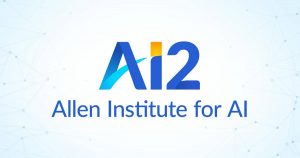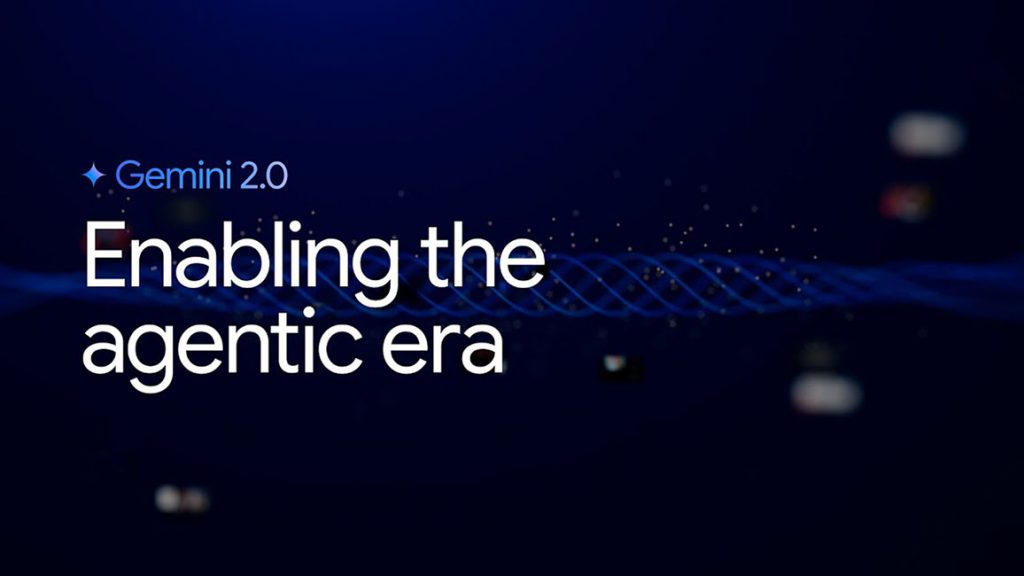
Artificial intelligence is entering a transformative new phase, and at the heart of this shift is Google’s Gemini 2.0. This next-generation AI model introduces “agentic AI,” a concept that promises more interactive, adaptive, and intuitive AI experiences. With enhanced multimodal capabilities, smarter reasoning, and seamless integration across platforms, Gemini 2.0 is set to redefine how we engage with technology.
Since its unveiling in December 2024, Gemini 2.0 has captured the attention of developers, industry leaders, and tech enthusiasts alike. As one of Google’s most ambitious AI initiatives, it reflects a broader push toward more accessible, versatile, and human-centric AI systems.
This article offers a comprehensive look at what makes Gemini 2.0 a groundbreaking advancement. We’ll explore its core features, potential applications, and broader impact on industries and everyday users. From its role in next-generation Google products to its influence on emerging projects, Gemini 2.0 is poised to shape the future of AI. Whether you’re a developer, business leader, or simply curious about the future of technology, this guide will provide valuable insights into the capabilities and potential of Gemini 2.0.
What is Gemini 2.0?
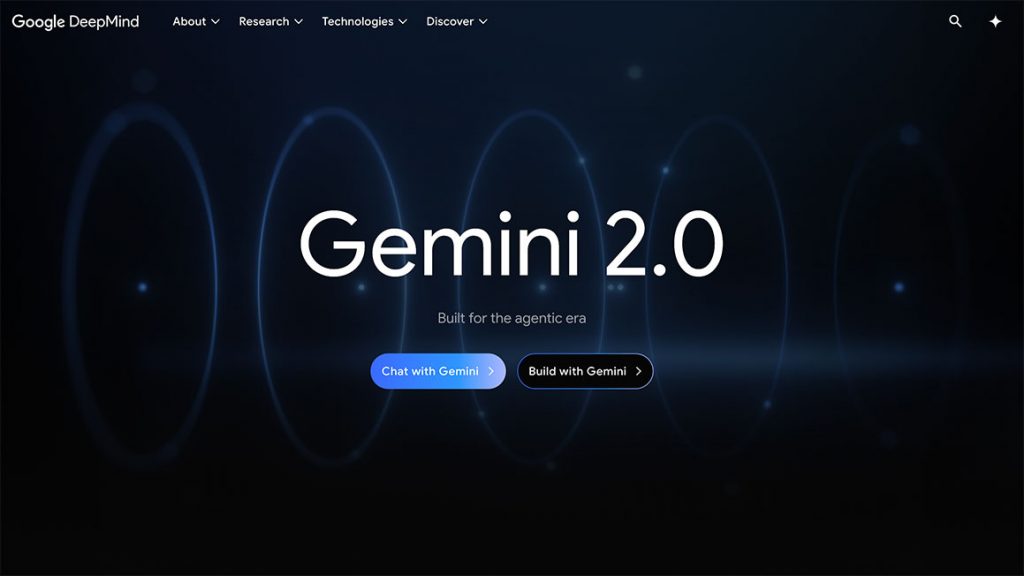
Gemini 2.0 represents a major evolution in Google’s approach to artificial intelligence, marking a shift toward a new paradigm known as “agentic AI.” Unlike traditional AI models that react to user prompts, agentic AI is designed to act with greater autonomy. It can understand complex scenarios, think multiple steps ahead, and take action on behalf of users with minimal supervision. This advancement allows AI to go beyond passive assistance, becoming a more proactive and capable problem-solver.
Building on the foundation laid by Gemini 1.0, which focused on multimodal understanding of text, images, and other forms of input, Gemini 2.0 takes a bold step forward by enhancing the AI’s capacity to act. It can now solve multi-step problems, follow intricate instructions, and seamlessly integrate with tools and services. This allows it to handle more dynamic and real-world tasks, such as interacting with external applications, executing code, and navigating third-party APIs. This shift from understanding to action is what defines agentic AI, and it places Gemini 2.0 at the forefront of this new era.
Central to Google’s AI strategy, Gemini 2.0 is more than just an upgraded model — it’s a foundational technology that underpins the future of Google’s products and services. One of its most visible applications is within Google Search, where AI Overviews are becoming more sophisticated. Thanks to Gemini 2.0’s advanced capabilities, these overviews can now address complex, multi-step search queries and even handle multimodal questions involving both text and images. This enhancement is designed to provide richer, more contextual search results, giving users deeper insights and more relevant answers. Beyond Search, Gemini 2.0 powers key initiatives that aim to showcase the full potential of agentic AI.
With Gemini 2.0, Google is setting the stage for a new generation of AI that is more proactive, useful, and deeply embedded into everyday experiences. It stands as a crucial pillar in Google’s mission to make advanced AI more accessible, powerful, and seamlessly integrated into daily life.
The Experimental Gemini 2.0 Flash
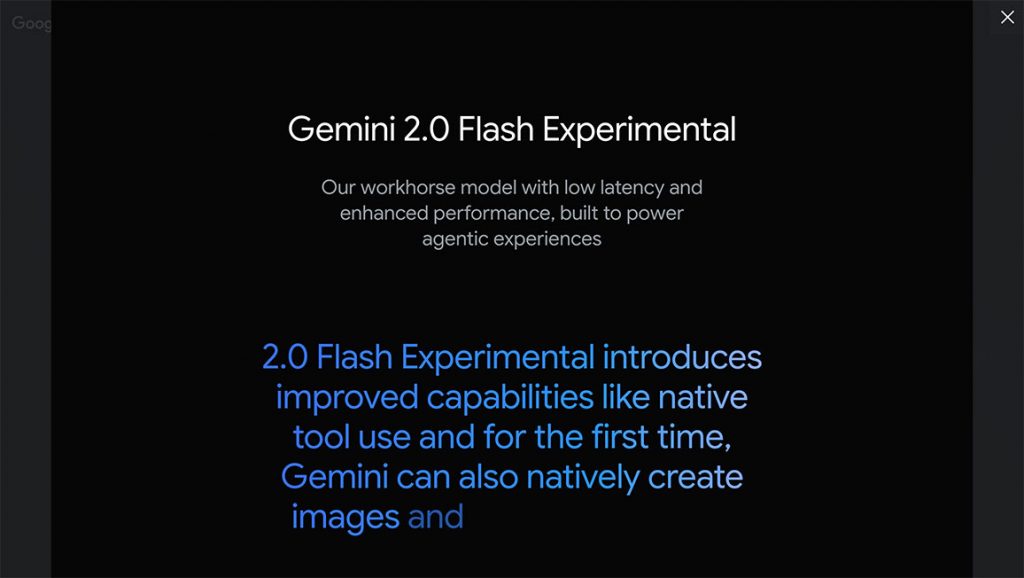
Gemini 2.0 Flash is the experimental version of Google’s latest AI model, representing a significant step forward in artificial intelligence. Building on the success of Gemini 1.5 Flash, it introduces enhanced performance, expanded multimodal capabilities, and native tool integration. This powerful model is designed to offer developers greater efficiency, speed, and versatility, unlocking a new generation of agentic AI experiences.
Key Features of Gemini 2.0 Flash
The key features of Gemini 2.0 Flash offer a preview of the full potential of Gemini 2.0, and they are:
1. Enhanced Performance
Gemini 2.0 Flash delivers a major upgrade in speed and efficiency. Compared to its predecessor, Gemini 1.5 Pro, it is twice as fast while maintaining the responsiveness and low latency expected from the Flash series. Its improved performance extends across multiple AI tasks, including text generation, coding, video analysis, and spatial reasoning.
One of the most notable advancements is its enhanced spatial understanding. The model can now identify objects within images with greater precision, enabling more accurate image captioning and contextual analysis. This makes Gemini 2.0 Flash particularly effective for use cases involving image recognition, visual search, and content generation that requires precise spatial awareness.
2. New Multimodal Capabilities
Gemini 2.0 Flash significantly expands its multimodal functionality, introducing support for more sophisticated inputs and outputs across different media types. This enhancement allows developers to handle diverse data formats and generate integrated responses from a single API call.
- Multimodal Outputs: Developers can now generate responses that combine text, images, and audio in a single interaction. This opens new possibilities for applications like multimedia content creation, interactive storytelling, and multi-format chatbots.
- Native Image Generation: Gemini 2.0 Flash can generate images directly, allowing for conversational, multi-turn editing. Developers can refine images in response to user instructions, enabling the creation of customized visual outputs for use in marketing, e-commerce, or educational tools.
- Native Audio Output: The model introduces native text-to-speech capabilities with support for eight high-quality voices in multiple languages and accents. Developers have fine-grained control over voice type, tone, and accent, making it ideal for applications requiring dynamic audio responses, such as voice assistants and multilingual customer support.
- Invisible Watermarking: To ensure the integrity of AI-generated media, all image and audio outputs are embedded with SynthID invisible watermarks. This technology aims to prevent misinformation and ensure users can verify the origin and authenticity of AI-generated content.
3. Native Tool Use
One of Gemini 2.0 Flash’s most transformative features is its ability to use tools natively. This capability enables the model to act more like an agent, calling on external tools to complete tasks, gather information, or perform operations.
- Google Search Integration: Gemini 2.0 Flash can now perform searches directly, retrieving factual information in real time. By running multiple searches in parallel and aggregating data from multiple sources, the model provides more comprehensive and accurate answers. This capability enhances the quality of user responses and also increases traffic to content publishers.
- Custom Tool Use: Beyond Google Search, the model can interact with user-defined third-party tools via function calling. Developers can create custom tools that Gemini 2.0 Flash can access on demand, enabling use cases like booking appointments, managing workflows, and performing context-specific actions within apps.
- Code Execution: Developers can tap into the model’s ability to run code natively, allowing it to execute Python scripts and other code-driven logic directly. This opens possibilities for applications in automation, scripting, and the execution of user-defined computational tasks.
4. Real-Time Interaction with the Multimodal Live API
The introduction of the Multimodal Live API allows developers to create AI-powered applications that support real-time, live interactions with audio and video inputs. This capability enables natural, seamless interactions in time-sensitive applications, where responsiveness is critical.
- Audio and Video Streaming: Developers can stream live audio and video directly to Gemini 2.0 Flash, enabling real-time analysis and conversational AI experiences. This is particularly useful for applications such as video content moderation, live event analysis, and interactive virtual agents.
- Natural Conversations: The API supports natural conversation patterns, allowing for interruptions, contextual back-and-forth dialogue, and voice activity detection. This makes it possible to create AI-powered experiences like real-time voice assistants, interactive characters, and immersive customer support agents.
- Unified API Calls: With the Multimodal Live API, developers can combine multiple tools and functionalities into a single API call. This allows for more efficient task completion, as the model can simultaneously process video, audio, and data requests, enhancing the speed and flexibility of application workflows.
The Many Applications of Gemini 2.0
Gemini 2.0 is being integrated into a variety of Google products and projects, leveraging its advanced capabilities to enhance user experiences and provide developers with powerful tools.
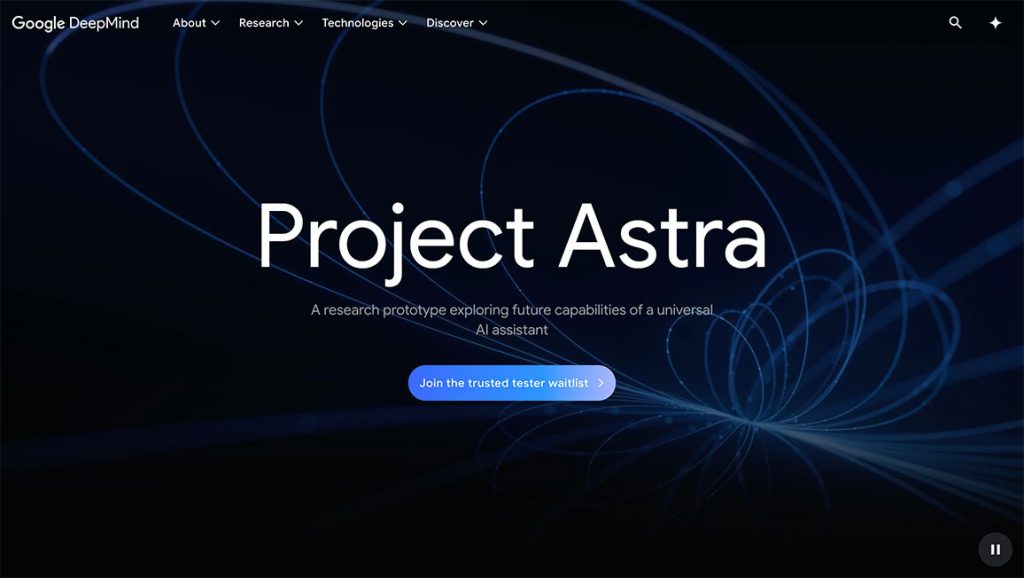
1. Project Astra
Project Astra is a research prototype designed to explore the future capabilities of a universal AI assistant. With the integration of Gemini 2.0, Project Astra has seen significant enhancements:
- Multilingual and Mixed-Language Conversation: Project Astra can now converse in multiple languages and mixed languages, with a better understanding of accents and uncommon words.
- New Tool Use: The assistant can use Google Search, Lens, and Maps, making it more useful in everyday life.
- Improved Memory: Project Astra’s memory has been enhanced to include up to 10 minutes of in-session memory and the ability to remember past conversations, leading to better personalization.
- Reduced Latency: With new streaming capabilities and native audio understanding, the agent can understand language at a latency similar to human conversation.
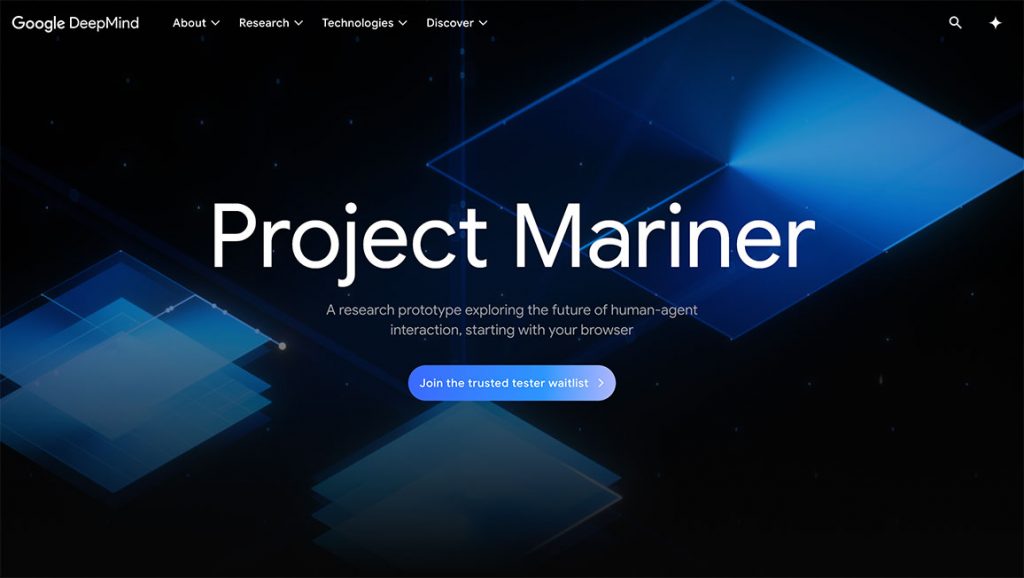
2. Project Mariner
Project Mariner is a research prototype designed to explore human-agent interaction via a web browser. It can analyze and reason across information on a browser screen, including pixels and web elements such as text, code, images, and forms. Using an experimental Chrome extension, Mariner can complete tasks by leveraging this information. Although still in its early stages and prone to inaccuracies and delays, Google said the AI agent will improve rapidly over time. Currently, it is available to select testers and requires user confirmation before taking sensitive actions like purchasing something.
3. Jules
Jules is an experimental AI-powered code agent designed to assist developers with coding tasks. Integrated with Gemini 2.0, Jules can handle bug fixes and other time-consuming tasks asynchronously, allowing developers to focus on higher-priority work.
- Comprehensive Plans: Jules creates detailed, multi-step plans to address coding issues and modifies code across multiple files.
- GitHub Integration: It prepares pull requests to land fixes directly back into GitHub, streamlining the development process.
- Real-Time Progress Tracking: Developers can stay informed about ongoing tasks and prioritize actions requiring immediate attention.
- Full Developer Control: Users can review Jules’ plans, request adjustments, and assess the generated code before integrating it into their projects, ensuring a balance between automation and quality control.
4. Gaming Integration
Google DeepMind has extended its AI research into the gaming industry, leveraging Gemini 2.0 to create AI agents that can navigate virtual worlds. These agents can reason about gameplay based solely on the on-screen actions and offer real-time suggestions to players. Here are some key aspects of these gaming AI agents:
- Real-Time Assistance: These agents can provide real-time suggestions and act as virtual gaming companions, enhancing the gaming experience.
- Game Interpretation: They can interpret rules and challenges across a diverse range of games, from strategy titles like “Clash of Clans” to farming simulators like “Hay Day”.
- Google Search Integration: The agents can tap into Google Search to connect players with relevant gaming knowledge available on the web.
5. Other Notable Applications
In addition to virtual applications, Gemini 2.0’s spatial reasoning capabilities are being explored for use in robotics. Researchers are testing how AI agents can assist in physical environments, helping robots navigate and interact with the world around them. While still in its early stages, this research holds exciting potential for the future of robotics, enabling agents that can assist with tasks such as delivery, home maintenance, or even medical procedures5.
The integration of Gemini 2.0 into these various projects and products demonstrates its versatility and potential to transform multiple aspects of user interaction and application development, making it a powerful tool for both developers and users.
The Safety of Gemini 2.0

As Google introduces Gemini 2.0, a significant emphasis is placed on ensuring the safety and security of this advanced AI model. The development of Gemini 2.0 and its associated research prototypes involves a meticulous and responsible approach to address the potential risks and challenges associated with agentic AI.
1. Collaborative Safety Review
Google is working closely with its internal Responsibility and Safety Committee (RSC) to identify and understand potential risks. This longstanding internal review group plays a crucial role in assessing the safety implications of Gemini 2.0’s capabilities and ensuring that the model is developed with safety in mind from the outset.
2. AI-Assisted Red Teaming
Gemini 2.0’s advanced reasoning capabilities have enabled significant advancements in Google’s AI-assisted red teaming approach. This involves not just detecting risks but also automatically generating evaluations and training data to mitigate them. This proactive approach allows Google to optimize the model for safety at scale, ensuring that potential vulnerabilities are addressed efficiently.
3. Multimodal Safety Training
Given the increased complexity of Gemini 2.0’s multimodal outputs, Google is committed to evaluating and training the model across various input and output types, including images and audio. This comprehensive training helps improve the overall safety of the model by ensuring it can handle diverse data types responsibly.
4. Responsible AI Development
Google’s commitment to responsible AI development is evident in its approach to Gemini 2.0. The company believes that safety and responsibility must be integral to the model development process from the start. This involves ongoing research, iterative safety training, and collaboration with trusted testers and external experts to ensure that the AI agents are developed and deployed responsibly.
Google’s approach to the safety and security of Gemini 2.0 is multifaceted and proactive, reflecting the company’s dedication to responsible AI development and the mitigation of potential risks associated with advanced AI models.
A New Era with Gemini 2.0
Gemini 2.0 marks a major leap in AI, introducing more autonomous, multimodal, and agentic capabilities that promise to transform user interactions and application development. From enhancing Google Search to powering projects like Astra, Mariner, and Jules, its versatility spans virtual navigation, coding assistance, and real-world interactions.
With a strong focus on safety, privacy, and user control, Google ensures Gemini 2.0 advances AI responsibly. As it continues to integrate across Google’s ecosystem, Gemini 2.0 is set to redefine how we engage with technology, driving innovation across industries and everyday experiences.


